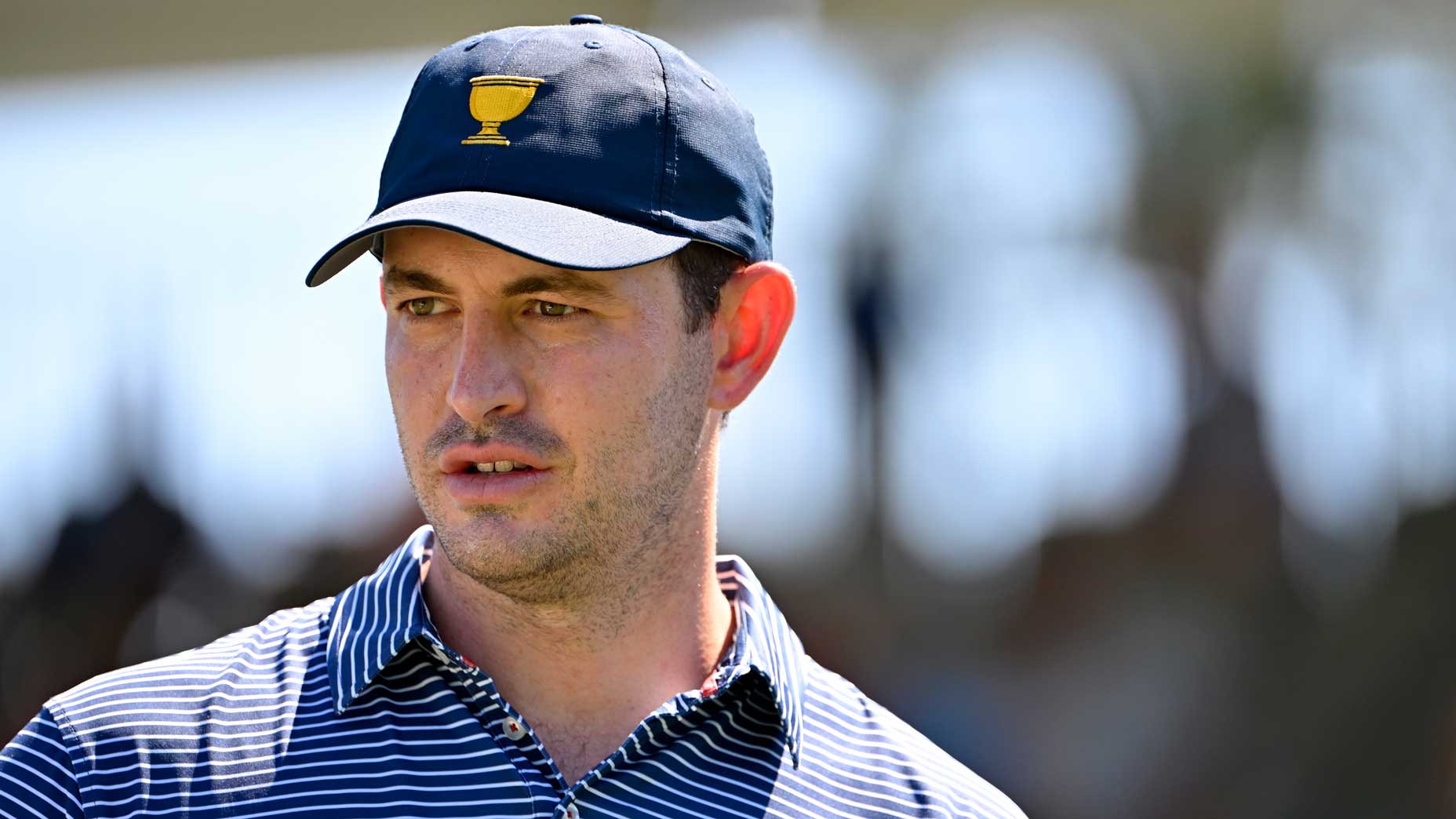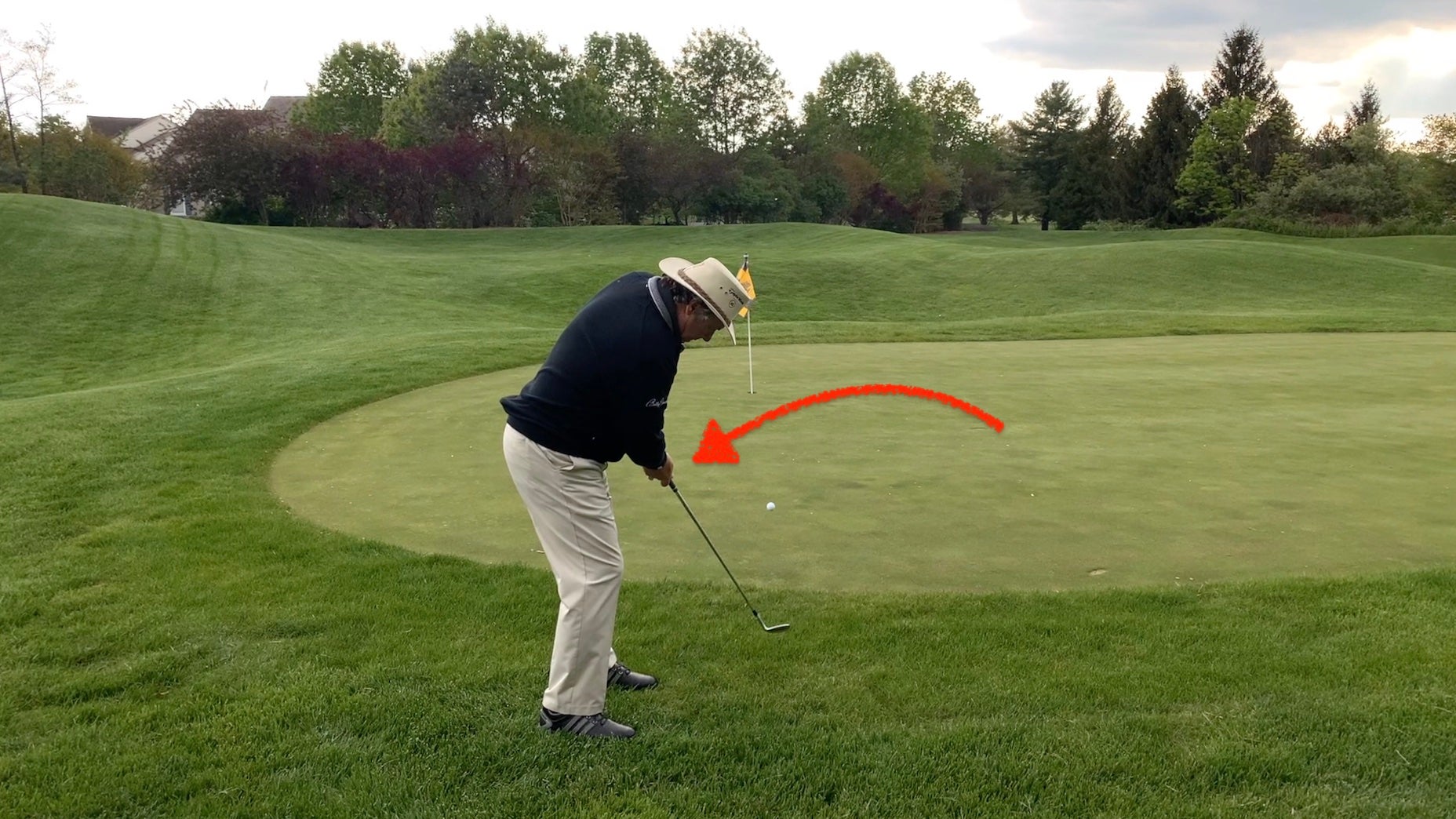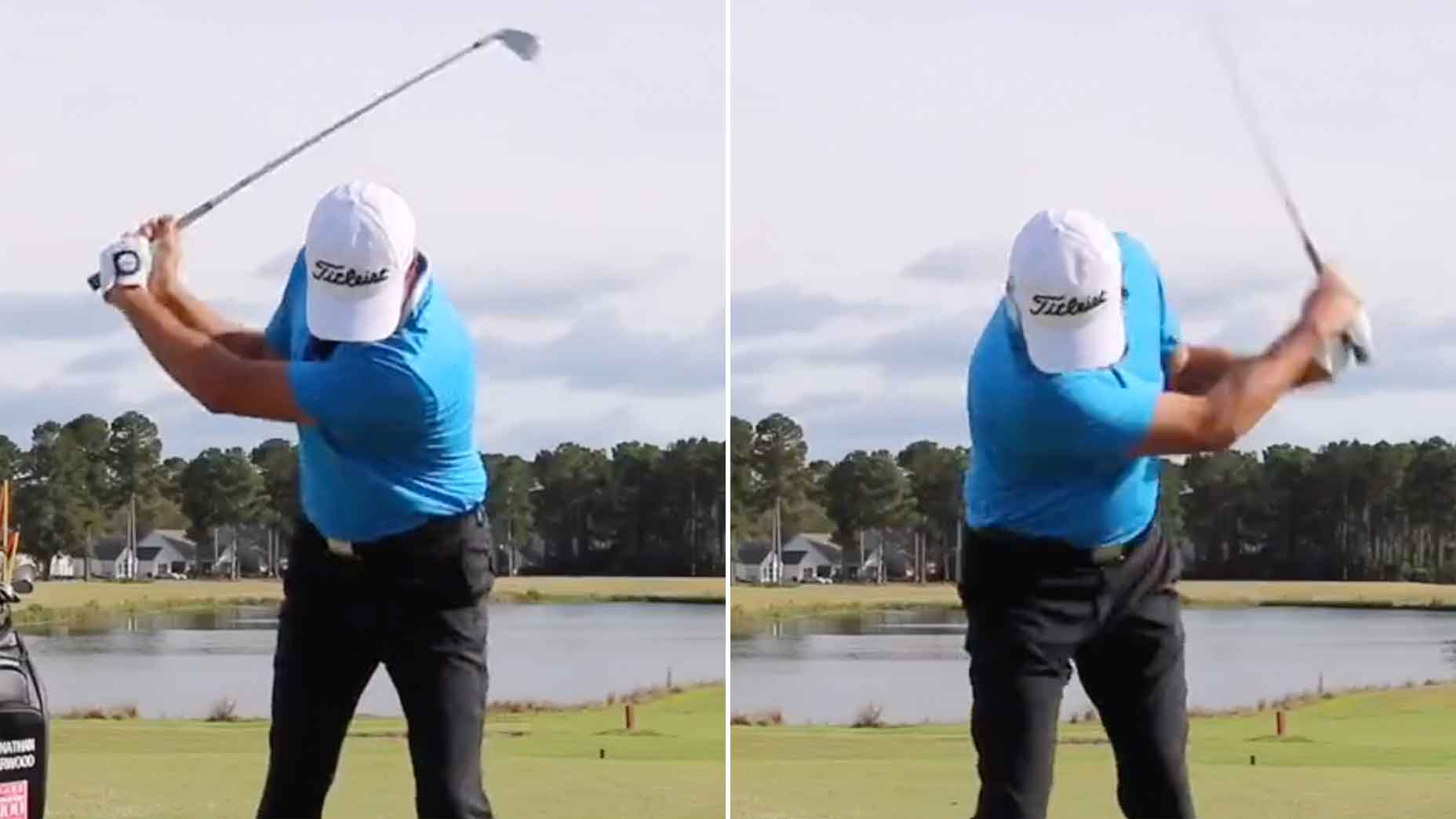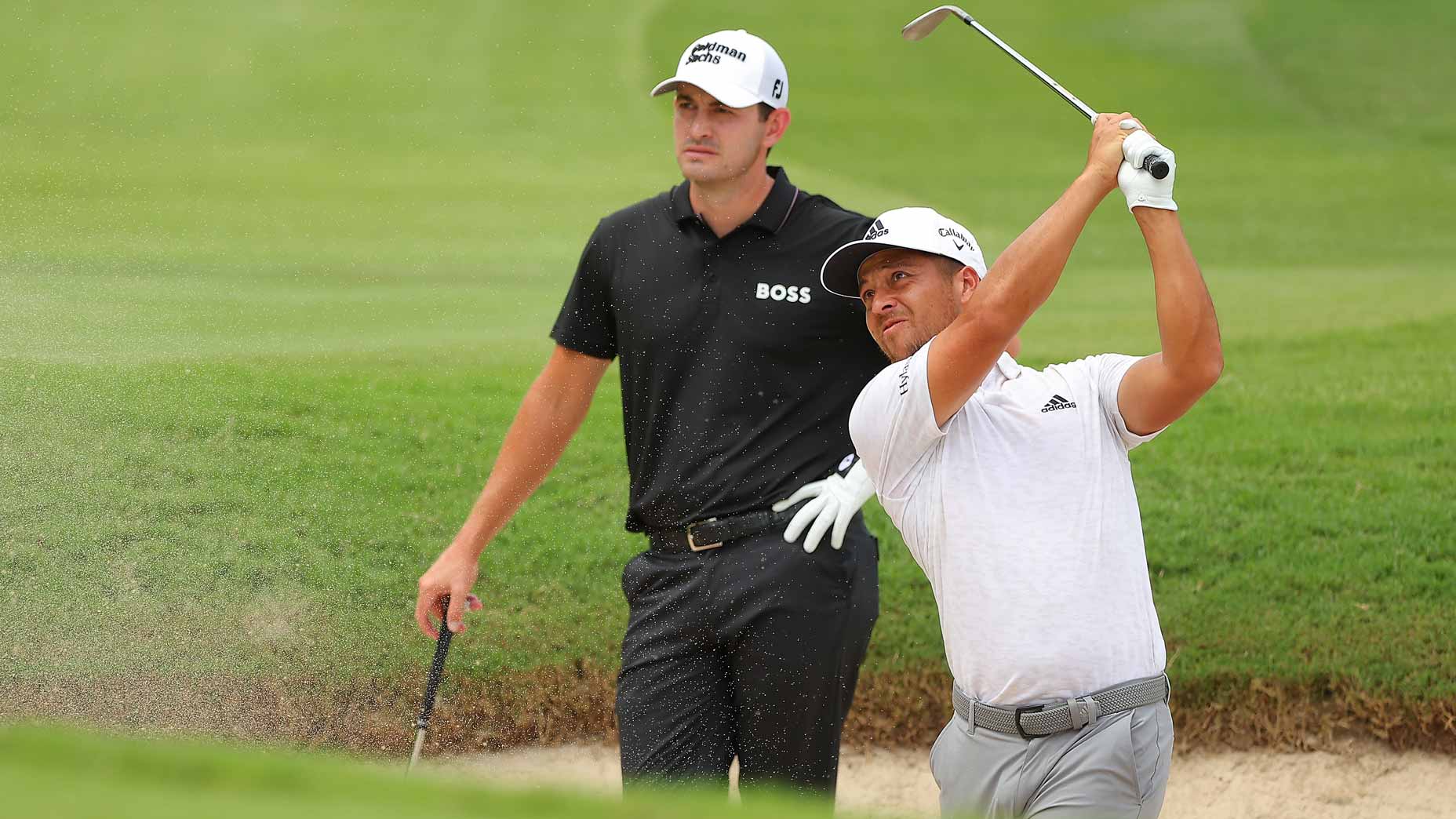In some ways it must be a daunting task for a coach.
GOLF Top 100 Teacher Jamie Mulligan truly has one of the best track records in the game. He’s shepherded both Luke List and Patrick Cantlay‘s rises from junior golf all the way to the PGA Tour, with Cantlay winning a FedEx Cup title in 2021.
And then, in late 2021, Mulligan got a call from Jessica and Nelly Korda, two of the best swings — and players — on the LPGA Tour. How do you begin improving such an impressive slate of players? That’s the question we put to Mulligan in the latest episode of Swing Whisperers, which you can watch above.
You can learn from Mulligan’s system, too. Here are 4 ways his teaching philosophy can take strokes off your game:
1. Simpler is better
If there is one word that best describes coach Mulligan’s approach, it’s “simple.” To turn a good swing into a great one — or a bad one into a good one — he says the trick is learning to eliminate excess movement.
“If anything, their golf swings get simpler over time,” he says of the Kordas. “They make the right movements at the right time, and they do the same things over and over again.”
Being part of the Nelly Korda cover issue was so rewarding, especially because it means I now have about a thousand videos of Nelly’s golf swing on my phone.
Instruction piece of the cover story is dropping tomorrow. In the meantime, here she is silking a 9 iron 🙌 pic.twitter.com/LAmHYuqdhT
— LKD (@LukeKerrDineen) May 10, 2022
2. Start your swing right
Another key component of a good swing, Mulligan says, is starting your swing on the right foot. These means making sure the fundamentals of your ball position, grip, and stance are all in a place that puts your swing in a position to succeed. Most important: your posture, which will allow your body to power the rest of your swing, moving the club on the takeaway and then into the downswing.
“Her posture is beautiful,” Mulligan says of Jess Korda’s swing. “It’s what allows her body to move the club on the takeaway, and create what I call a ‘loaded takeaway.’”
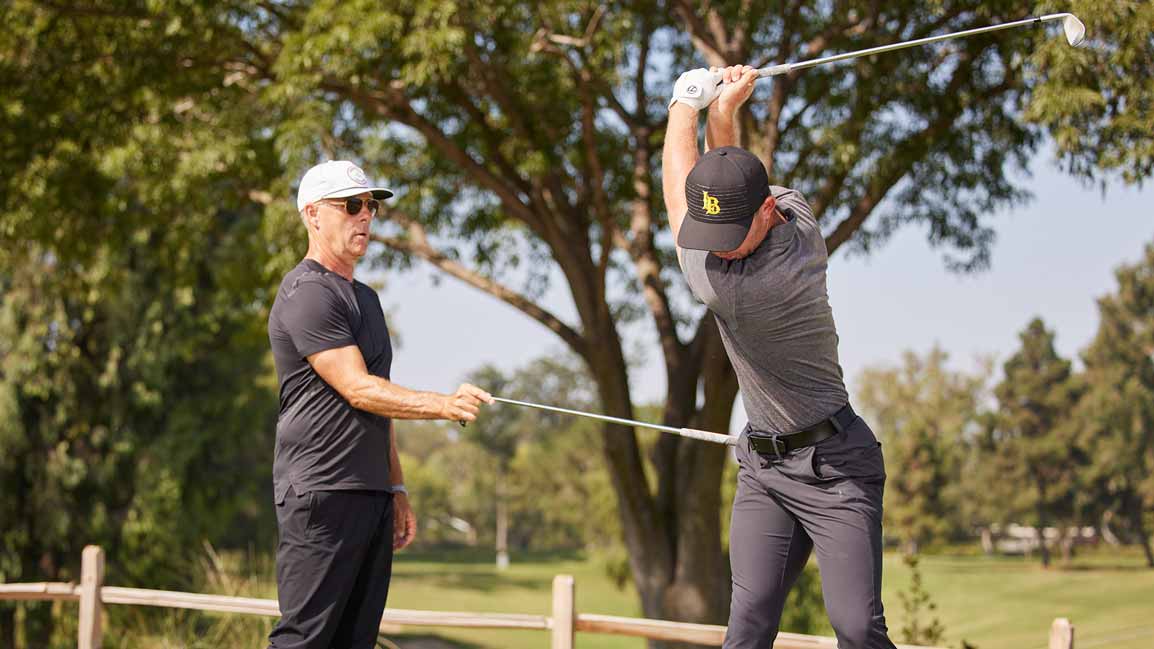
3. Body guides the hands
Many teachers try to take the hands out of the swing, but Mulligan prefers to see the hands as an asset that can help you square the clubface.
“I always liked the phrase your hands are angels not devils,” he said. “But they should follow the movement of your body.”
In Mulligan’s mind, that means nailing the sequence of your transition: Shifting to your front foot, then rotating through. To help with this, he often uses a drill with his students where he puts the grip end of the club on his players’ lead hip and pushes them toward their front foot as they begin their downswing.
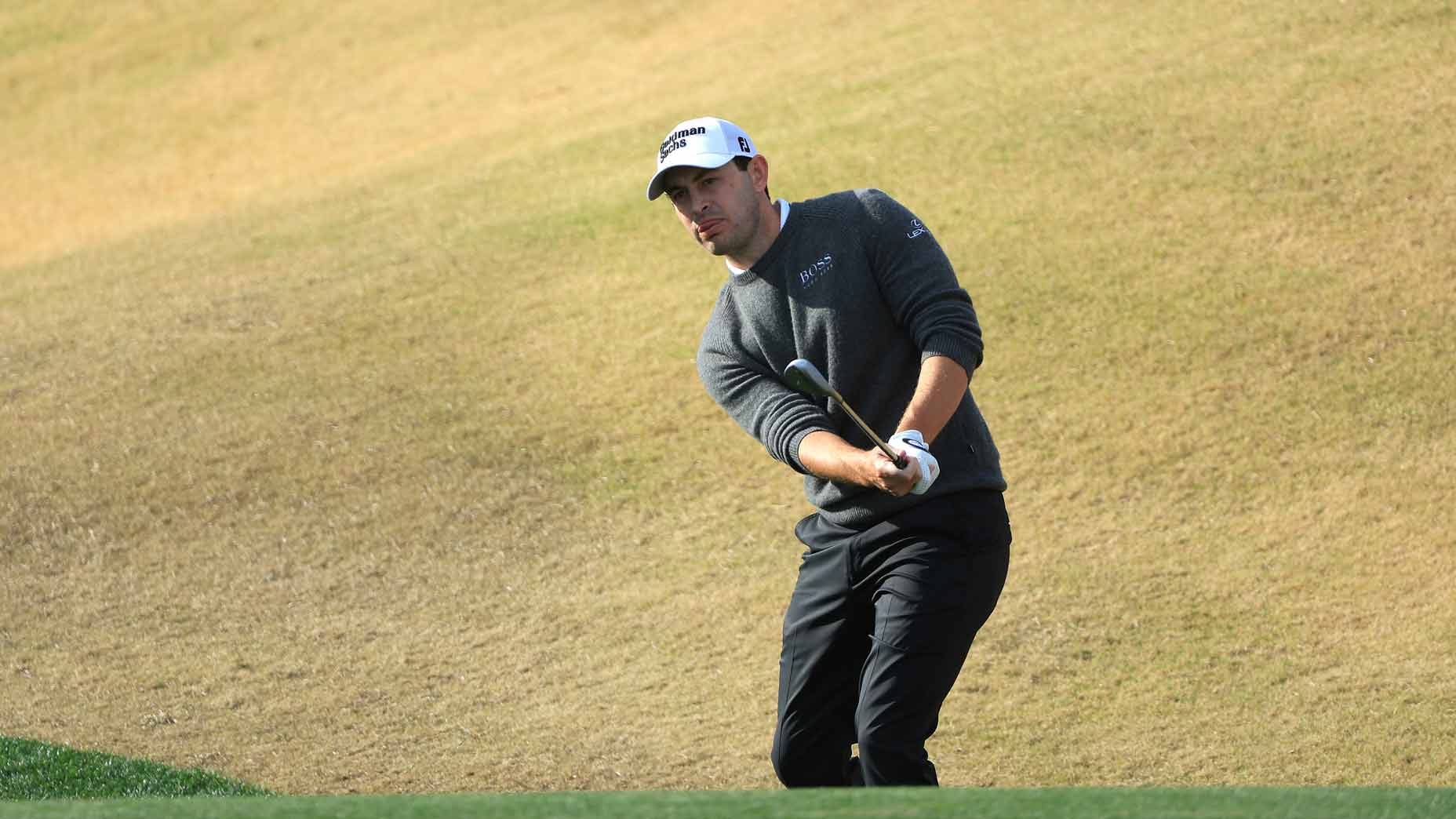
4. “Shots to spots”
When Mulligan talks about one of his longtime students, Patrick Cantlay, he praises above all else something that has nothing to do with his swing.
“His mentality, even as a junior golfer, was always so impressive,” he said. “He was always wise beyond his years.”
How can you adopt a similar mindset? Mulligan says to approach golf like a game of chess: When you hit your ball out of position, focus on getting safely back into position, and then continuing. It’s about limiting mistakes, and again, keeping things simple.
“It’s shots to spots,” Mulligan says. “That’s what golf is.”





